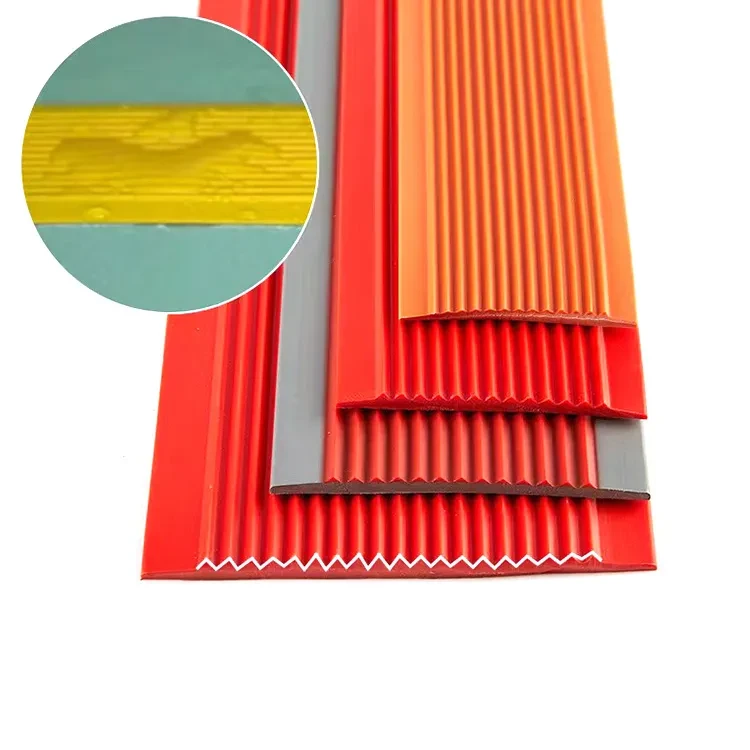how to replace oven gasket
How to Replace an Oven Gasket A Step-by-Step Guide
An oven gasket is an essential component of your oven, sealing the door to trap heat and ensure efficient cooking. Over time, gaskets can wear out, become brittle, or develop cracks, leading to heat loss and potentially increased energy costs. Replacing an oven gasket is a straightforward process that you can undertake yourself with just a few tools and materials. Here's a step-by-step guide to help you through the process.
Why Replace the Oven Gasket?
Before delving into the replacement process, it's important to understand the reasons for changing your oven gasket. A damaged gasket can lead to heat escaping from the oven, making it difficult to maintain the desired cooking temperature. This can not only affect your cooking results but may also increase your energy bills. Additionally, a compromised seal can lead to inconsistent cooking, where some foods may be undercooked while others are overcooked. Therefore, replacing your oven gasket can save you time, energy, and frustration in the kitchen.
Tools and Materials You Will Need
1. New Oven Gasket Make sure to purchase the correct gasket that fits your specific oven model. You can find this information in your oven's user manual or by checking the manufacturer's website. 2. Scissors or Utility Knife For trimming the new gasket if necessary. 3. Screwdriver Depending on the oven model, you may need a Phillips or flathead screwdriver. 4. Clean Cloth For cleaning the oven door surface before installation. 5. Adhesive (if required) Some gaskets come with adhesive backing, while others may need to be secured with adhesive.
Step-by-Step Process
Step 1 Prepare the Oven
Before starting the replacement process, ensure your oven is cool and disconnected from any power source
. It’s best to perform this task when the oven is completely cool to avoid burns or injuries.Step 2 Remove the Old Gasket
Open the oven door and locate the old gasket. Depending on your model, the gasket may be held in place with clips, screws, or simply inserted into a channel. If it’s secured with screws, use your screwdriver to carefully remove them. For gaskets with clips, gently pull the clips out. If the gasket is simply inserted, carefully pull it away from the door without damaging the surrounding area.
how to replace oven gasket

Step 3 Clean the Surface
After removing the old gasket, take a clean cloth and thoroughly clean the surface where the gasket was attached. Remove any debris, old adhesive, or grease to ensure a smooth surface for the new gasket. If there is significant residue, consider using a mild cleaner or rubbing alcohol.
Step 4 Prepare the New Gasket
Take the new gasket out of the packaging and compare it to the old gasket to ensure you have the correct type. If necessary, use scissors or a utility knife to trim the new gasket to fit your oven's dimensions. It’s essential to have a snug fit, as any excessive length could interfere with the door’s closure.
Step 5 Install the New Gasket
Begin installing the new gasket by aligning it with the channel or clips where the previous gasket was attached. If the gasket has an adhesive backing, peel off the cover and press it firmly into place. For gaskets that are held in by clips or screws, make sure to secure them according to your model’s specifications. Ensure the gasket sits evenly all around without any gaps.
Step 6 Test the Seal
After installation, close the oven door and check the seal. You should not see any light escaping from the sides of the door. A good test is to place a piece of paper between the door and the oven; if you can pull it out easily, the gasket might not be sealed properly. Make any necessary adjustments.
Conclusion
Replacing an oven gasket is a simple yet effective way to enhance your oven's efficiency and performance. By following these steps, you can ensure a snug fit and a retained cooking temperature, ultimately improving your culinary results. Regularly check your oven gasket for wear and replace it as needed to maintain optimal cooking conditions and energy efficiency. With a little effort, you can keep your oven in top shape for years to come.
-
Under Door Draught Stopper: Essential ProtectionNewsJul.31,2025
-
Garage Door Seal and Weatherstrips for ProtectionNewsJul.31,2025
-
Edge Banding Tape for Perfect EdgesNewsJul.31,2025
-
Table Corner Guards and Wall Corner ProtectorsNewsJul.31,2025
-
Stair Nose Edging Trim and Tile Stair SolutionsNewsJul.31,2025
-
Truck Bed Rubber Mats for Pickup BedsNewsJul.31,2025
-
Window Weather Stripping for Noise ReductionNewsJul.29,2025